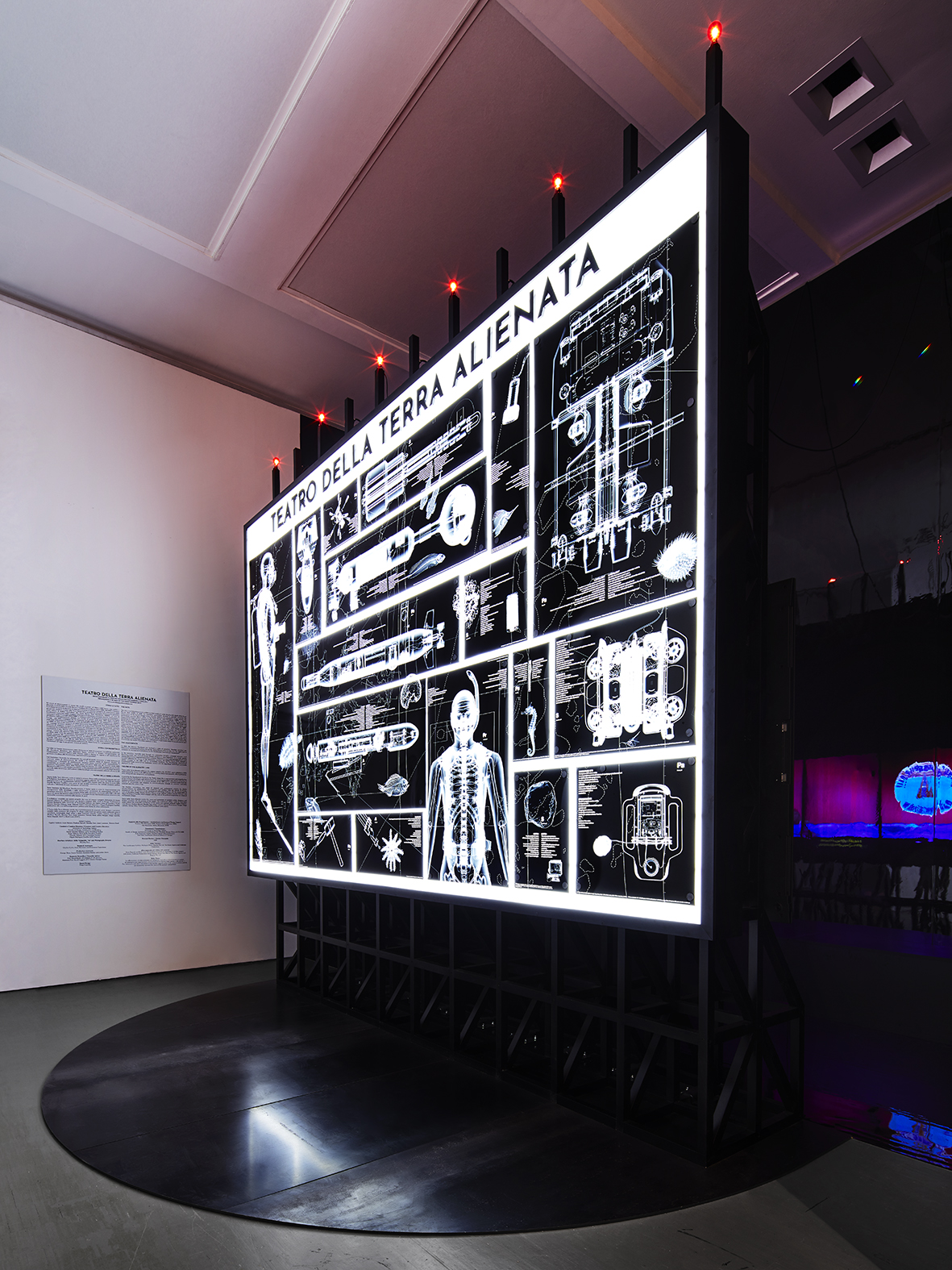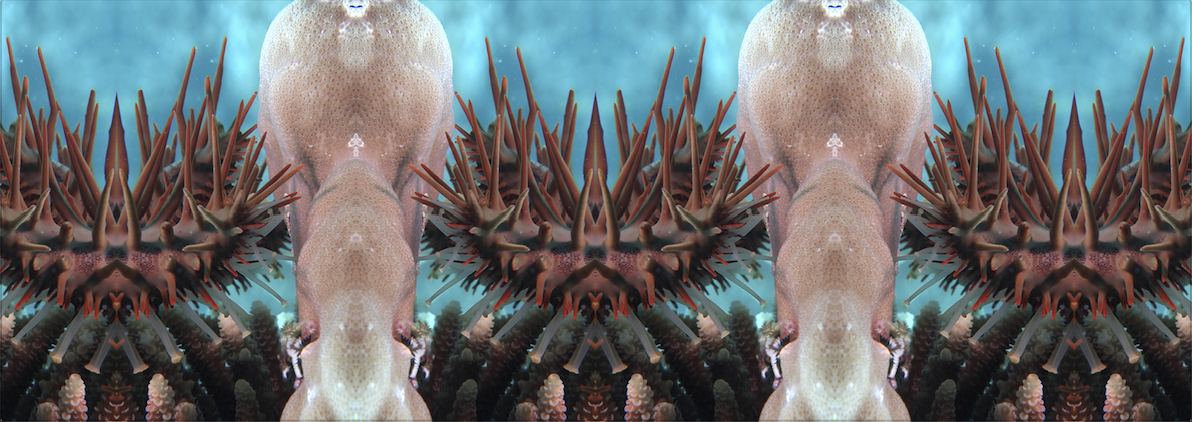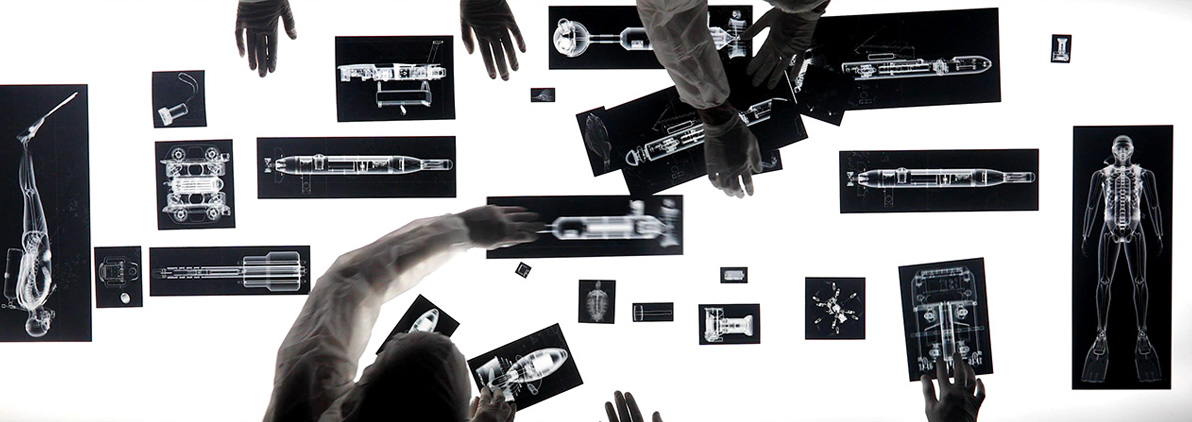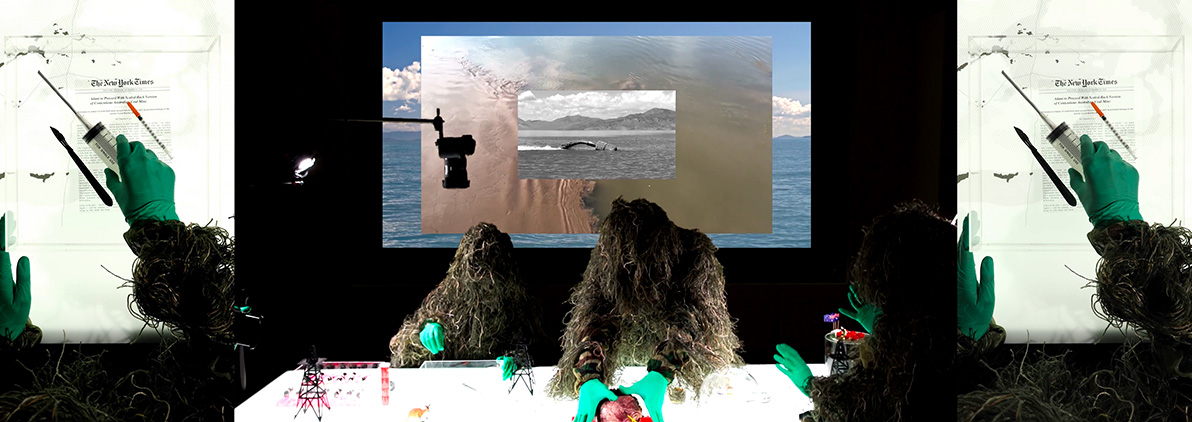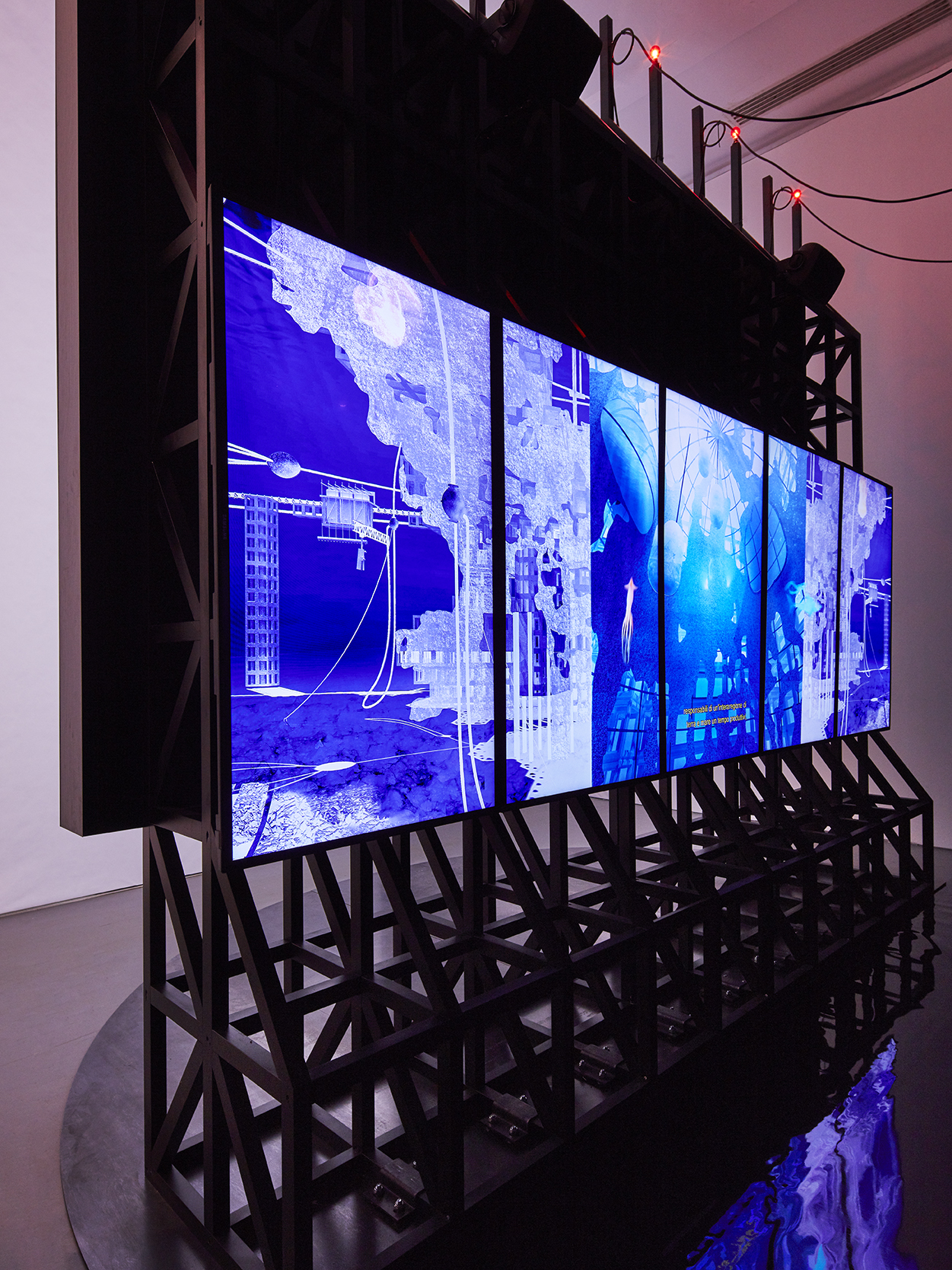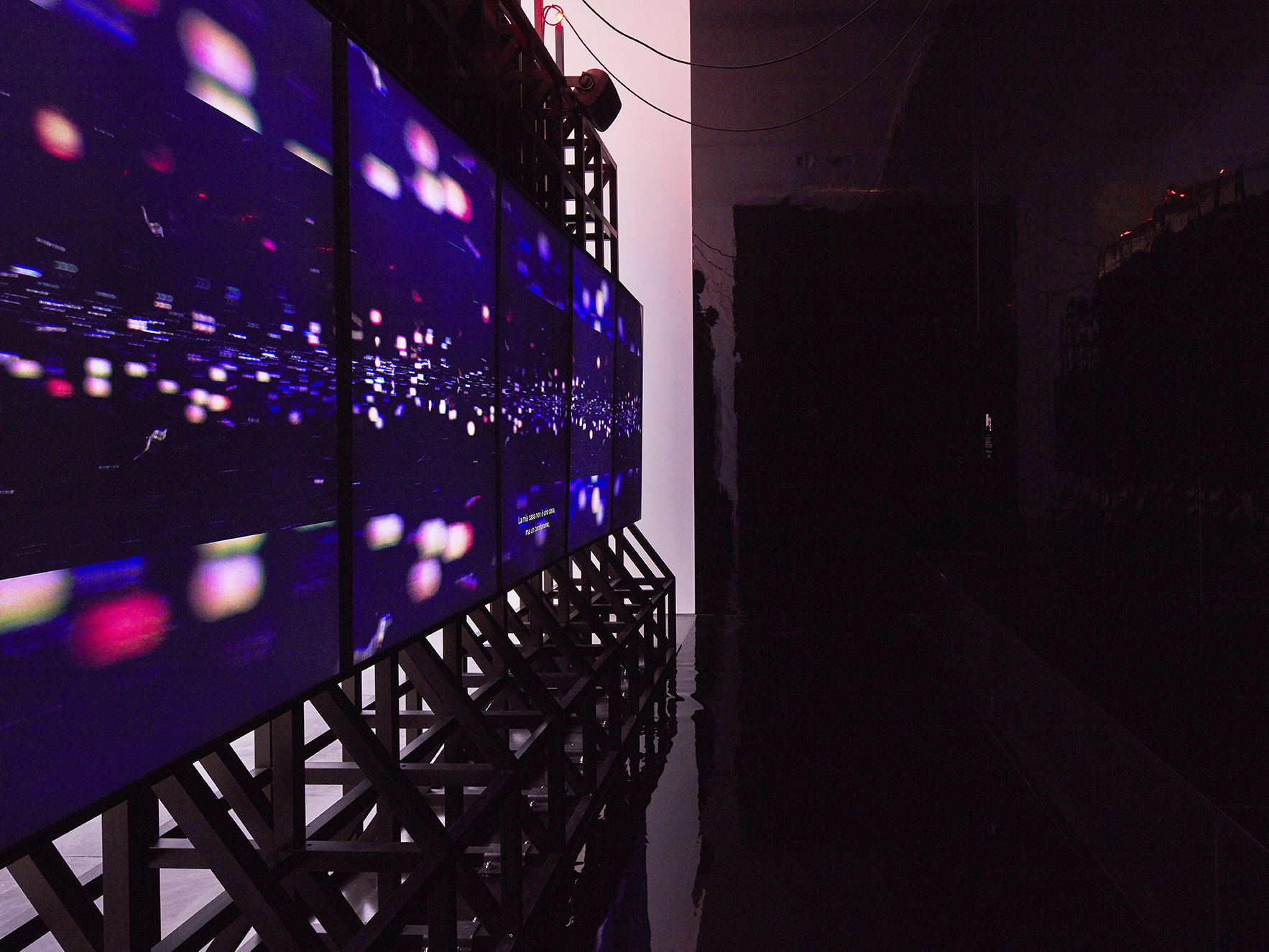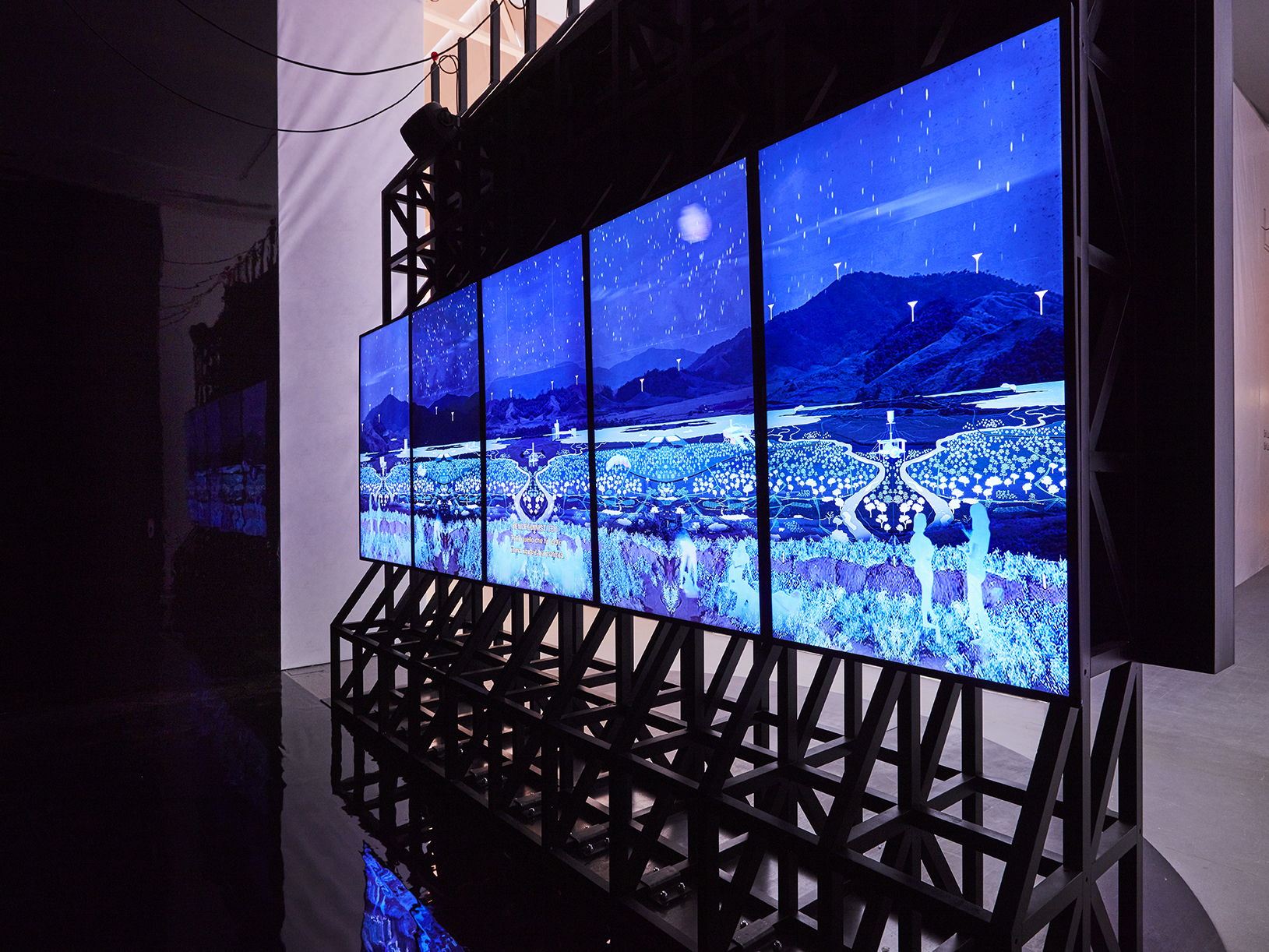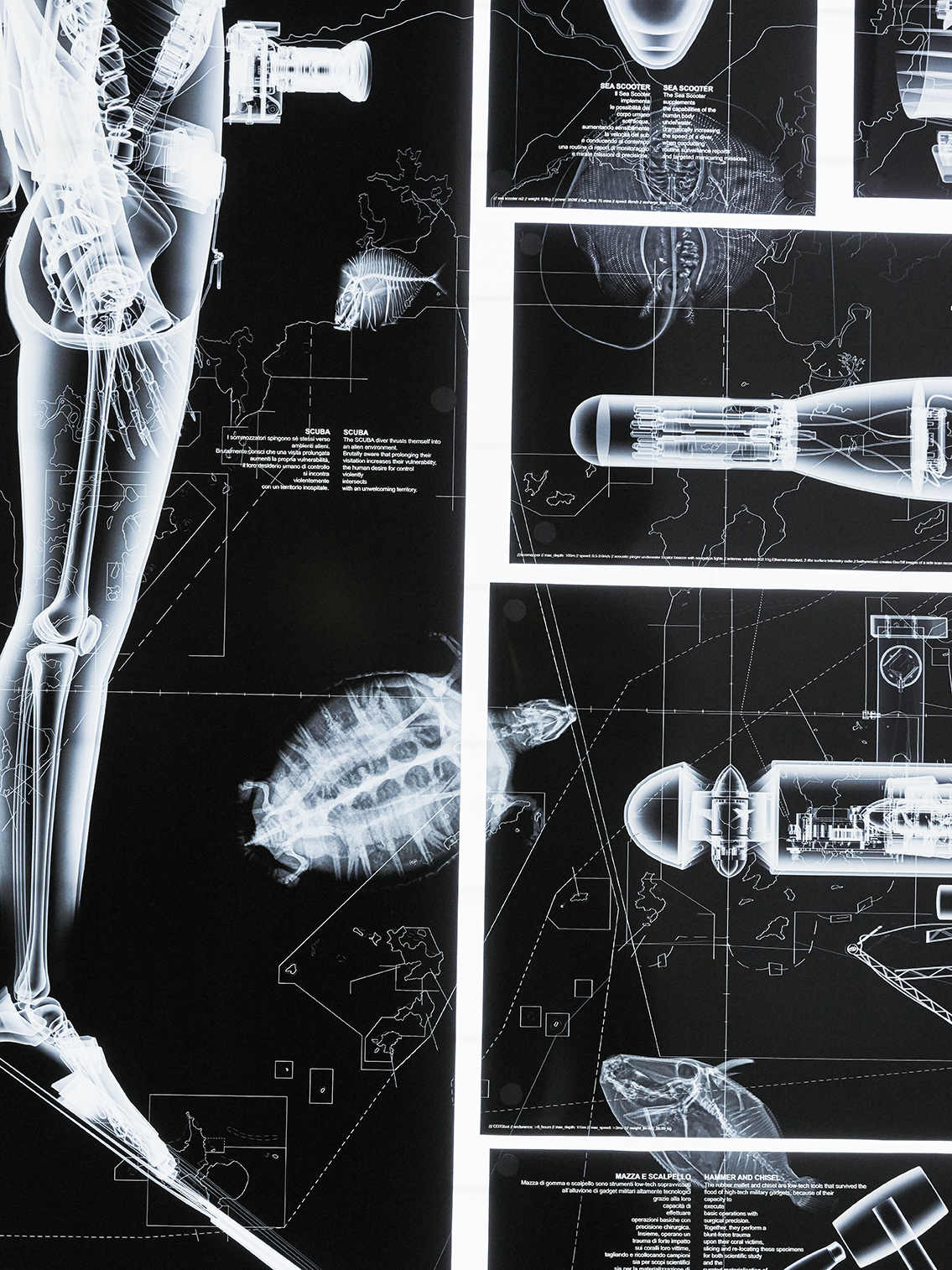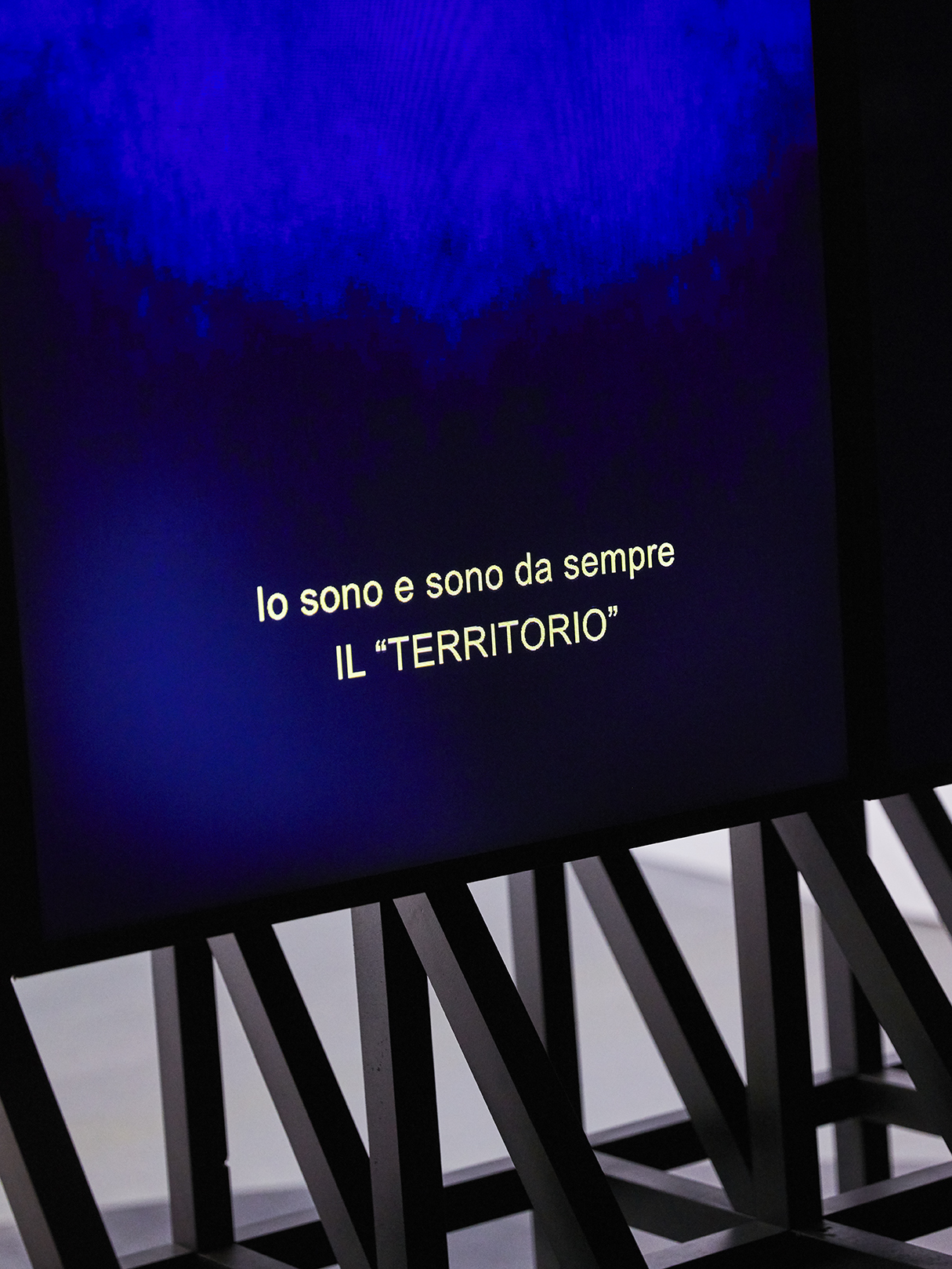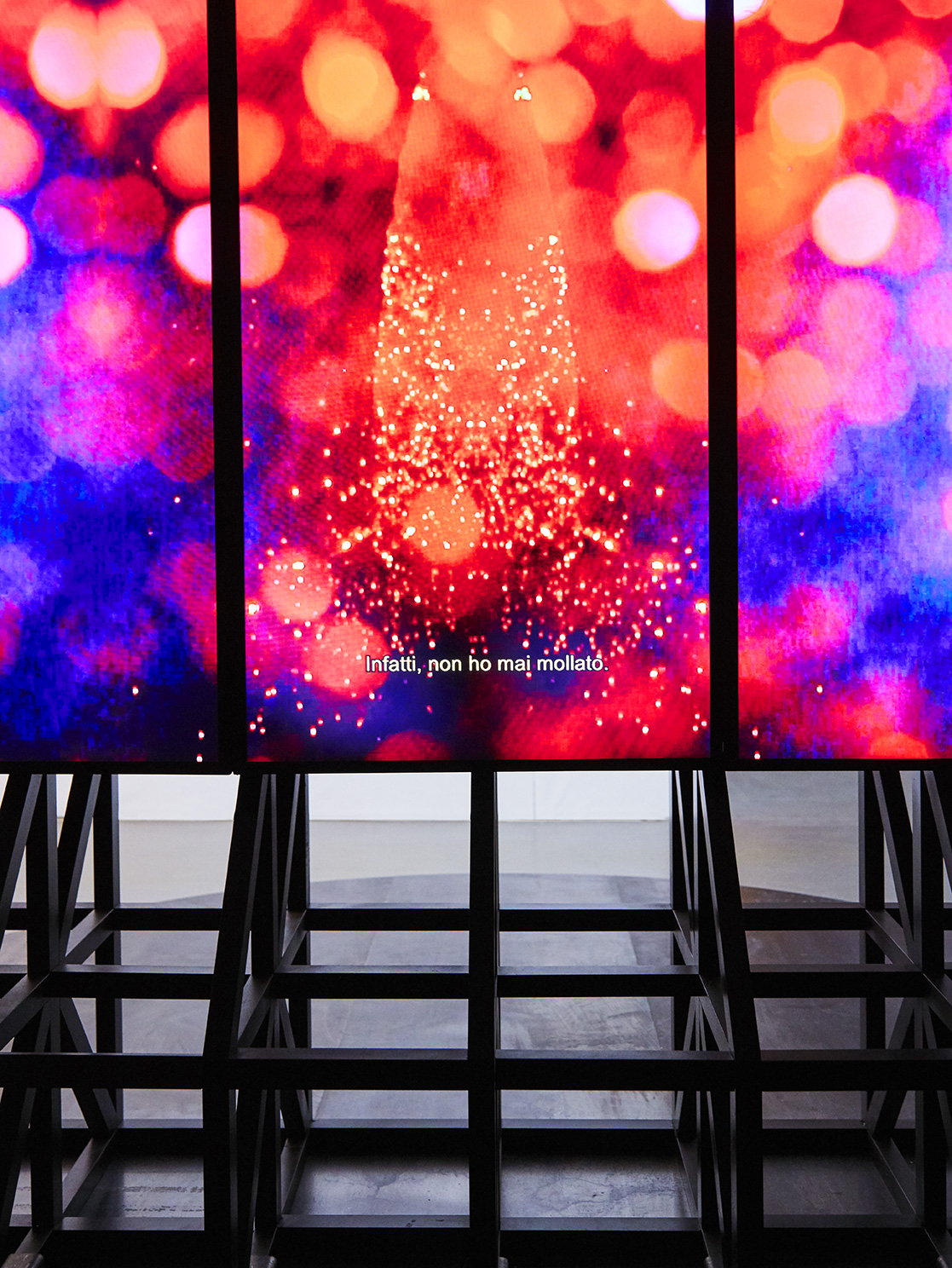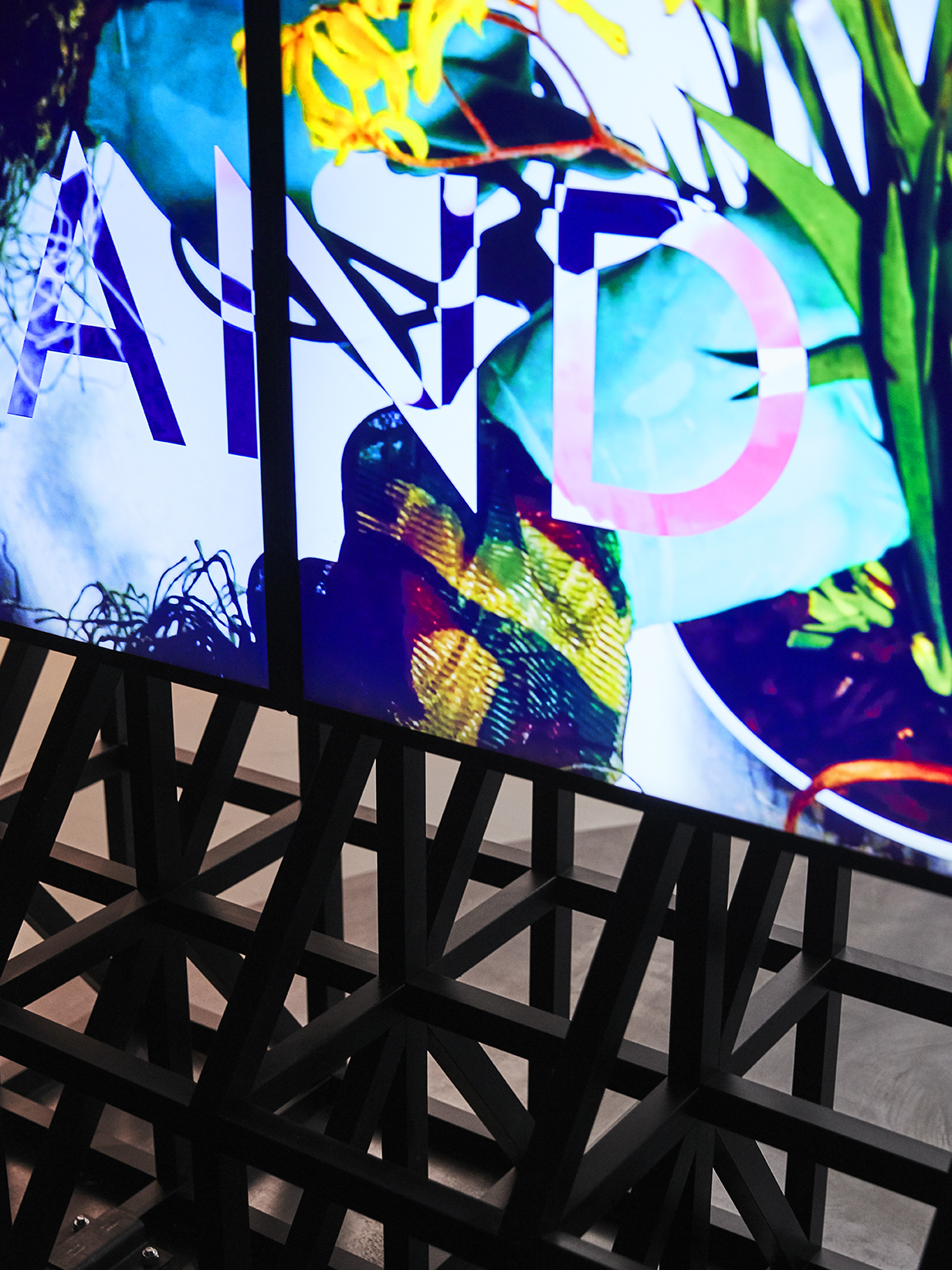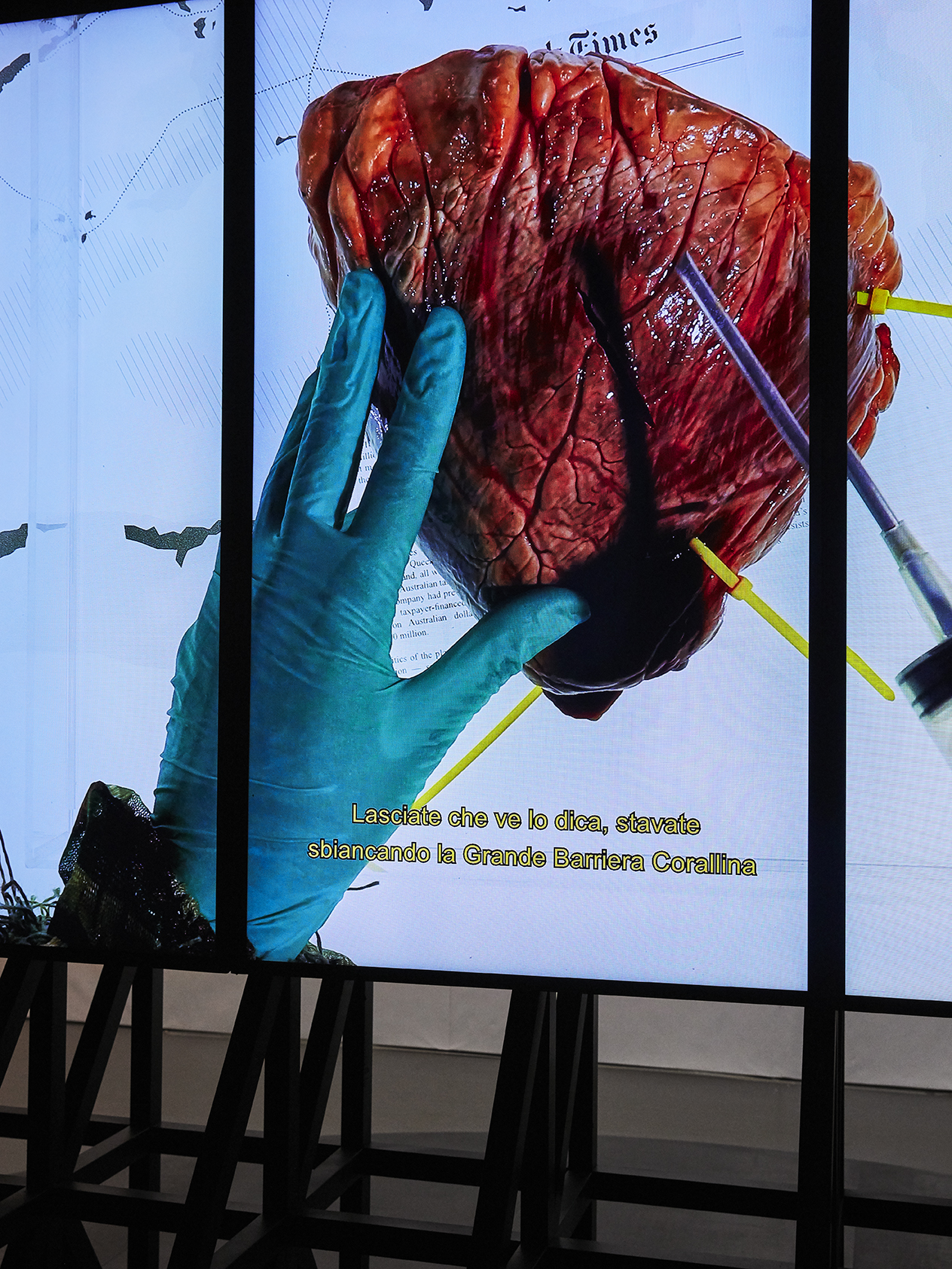The Facts
The mass coral bleaching events in 2016 and 2017 rendered visible the plausible death of the Great Barrier Reef (GBR). In 2018, the Australian government decided to partially outsource the preservation of the Earth’s largest living structure. Without any competitive tender process, the government granted $433.3 million to the Great Barrier Reef Foundation (GBRF), a charity supported by major mining companies, banks, insurance companies and airlines. The Foundation’s board line-up included executives from heavy polluting corporations, such as AGL, BHP, Shell, and Peabody Energy -a company that funded climate change denial groups in the United States and even praised President Trump’s decision to withdraw from the Paris Agreement. The GBRF supported the government’s Reef 2050 Long Term Sustainability Plan, which refused to call for drastic action on climate change. Instead, it promoted “resilience, restoration and innovation” to “buy the Reef time.” The Foundation transformed the reef into an occupied ecosystem policed by an army of robots in charge of monitoring its fate. This techno-utopian theatre kept the “natural spectacle” alive, as well as the general public’s hope. It also managed to exclude the GBR from UNESCO’s list of World Heritage Sites in Danger. Meanwhile, the biggest threat to the reef’s survival, a hegemonic economical system dependant on fossil fuels and unbridled growth, kept expanding globally and locally. For instance, just 400 km inland from the GBR, in a land claimed by the Wangan and Jagalingou people, the Indian multinational conglomerate Adani Group planned to open Carmichael, the largest Australian coalmine to date.
The Counterfacts
In 2021, the Amazon Rainforest was declared a ‘state of exception’. Brazilian president Jair Bolsonaro’s environmental policies forced the United Nations IPCC to take over the region and to outsource its management and defence to the Xenofeminist International Corporation®.
In the meantime, Australia went through two consecutive droughts, witnessed recurrent coral bleaching events and received climate change refugees in mass migrations. As a result, climate change phenomena triggered nationalistic anxieties, which led to unprecedented political and social turmoil. Following the success of the Amazonian secession, the United Nations IPCC imposed a similar strategy to the GBR and its surrounding territories. The Xenofeminist International Corporation® took control of the land/water enclave and the algorithmic technologies previously deployed on-site.
Theatre of the Alienated Land (Teatro Della Terra Alienata)
Teatro Della Terra Alienata stages a fictional scenario of territorial secession. The Australian Pavilion addresses the urgency raised by the UN IPCC’s report published in 2018, which framed the decay of the GBR as part of a wicked problem that demands radical political actions, along with new imaginaries and aesthetics.
The pavilion proposes a re-appropriation, expansion and concatenation of existing technologies of surveillance and ecological management embedded in the life cycles of the reef. Inspired by the Xenofeminist Manifesto, these technologies become the poetic arsenal for a rational, universalist project of emancipation, “cutting across race, ability, economic standing, and geographical position.”
The exhibition consolidates two years of research and pedagogical projects by Amaia Sanchez-Velasco (in collaboration with academics and students from the schools of Design, Architecture and Life Sciences at the University of Technology Sydney), with the critical body of work of Grandeza Studio (Amaia Sanchez-Velasco, Gonzalo Valiente & Jorge Valiente) and Miguel Rodriguez-Casellas (Bajeza), which engages with the crisis of the political imagination as a form of institutional critique.
Teatro Della Terra Alienata curates the voices and testimonies of scientists, artists, designers and thinkers complicit with the premise of the project.
——————————————————-
Teatro Della Terra Alienata has been exhibited at:
Milan, Italy: Triennale Di Milano 2019. “Broken Nature: Design Takes on Human Survival” (Australian Pavilion) 1 March 2019 - 1 September 2019
Maastricht, Netherlands: Bureau Europa. “Landscape as Cult. A changing view on our nature” 28 November 2019 – 3 May 2020
Melbourne, Australia: Monash Art Design & Architecture (MADA). “Better Together: Stories of Contemporary Documents” 30 April – 22 May 2020
Melbourne, Australia: The Ian Potter Centre: NGV Australia, Fed Square. 1 May – 4 Sep 2022
——————————————————-
In 2021, Teatro Della Terra Alienata was acquired by the National Gallery of Victoria (NGV) for its permanent Contemporary Design and Architecture collection.
——————————————————-
Extended Credits:
Curators and Creative Directors:
Amaia Sanchez-Velasco (UTS, Grandeza), Jorge Valiente Oriol (UTS, Grandeza), Gonzalo Valiente (UTS, Grandeza), Miguel Rodriguez-Casellas (UTS, Bajeza)
Complicit Artists:
Cigdem Aydemir, Liam Benson, Madison Bycroft, Shoufay Derz, Janet Laurence and Patricia Reed.
Commission:
University of Technology Sydney. Faculty of Design, Architecture and Building
Prof. Elizabeth Mossop. Dean, UTS Faculty of Design, Architecture and Building,
Prof. Francesca Hughes. Head of School, UTS Architecture,
Prof. Kate Sweetapple. Head of School, UTS Design
Photography Director and Art Co-Director:
Shoufay Derz
Research Assistants:
Charles Curtin, Isaac Harrisson and Francesca Capicchioni.
Production Assistants:
George Shaw, Laura Touman, Joumana Elomar and Jordan Darin.
Principal Partner:
HDR: Susanne Pini, Principal; Stefano Cottini, Director; and Ines Benavente Molina, Associate.
Scientific Advice:
Prof. David Booth. UTS School of Life Sciences.
Associate Prof. David Suggett. UTS Climate Change Cluster
Factory of Hyper-ecologies selected students’ projects by:
Francesca Capicchioni, Charles Curtin, Nitika Duggal, Ben Feher, Miguel Luis Gilarte, Adam Hoh, Melinda Barbagallo, Nathan Chan, Yvette Salmon, Stefanie Li, Daniel Viglione, Nurul Farra Nadia Binti Zaed.
Photographies by:
Omar Sartor
Underwater filming and video graphic material:
James Morgan, Feras Dayoub and Brett Lewis / Queensland University of Technology, Josh Jensen / Undersea Productions, David Hannan / Ocean Ark Alliance, The Ocean Agency and Biopixel Pyt.Ltd.
Film voiceovers:
Brooke Jackson, Marty Bowen, Luke Tipene, Angelo Candalepas, Sammy Nazam and Shoufay Derz (in order of appearance).
Sound design:
Diego Lipnizky
